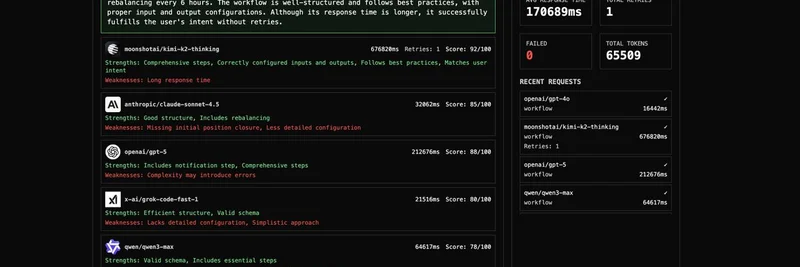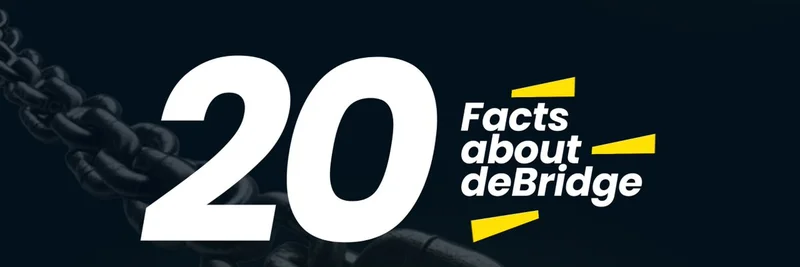Shiv Shankar on Verifying the Signal: Insights from Boundless CEO
In a recent discussion on The Rollup, Shiv Shankar, CEO of Boundless, shared valuable insights into the concept of verifying the signal within the context of blockchain technology. This conversation is particularly relevant for those interested in the latest advancements in zero-knowledge (ZK) proofs and their implications for scalable, secure decentralized networks.
Understanding the Signal in Blockchain
Shiv Shankar's discussion revolves around the idea of "verifying the signal," a critical aspect of ensuring the integrity and scalability of blockchain networks. For those new to the term, a "signal" in this context refers to the information or data that needs to be validated within a blockchain system. This validation process is essential for maintaining trust and efficiency in decentralized networks.
The Three Components of Boundless' Campaign
Shankar outlined three key components of Boundless' approach to verifying the signal:
- Boost: Enhancing the network's capacity to handle large-scale computations.
- Proof: Generating and validating zero-knowledge proofs to ensure data integrity.
- Verify: Confirming the accuracy and reliability of the proofs and the underlying data.
These components work together to create a robust framework for blockchain scalability and security.
The Power of Tokenomics and ZK Proofs
One of the main objectives of Boundless' mainnet beta, as highlighted by Shankar, is to demonstrate the power of tokenomics. Tokenomics, the economic model behind a cryptocurrency, plays a crucial role in incentivizing network participants and ensuring the system's sustainability. By leveraging tokenomics, Boundless aims to show that it can handle "gigantic proofs at scale," a significant challenge in the blockchain space.
Shankar emphasized the importance of ZK proofs in this process. Zero-knowledge proofs allow one party to prove to another that a statement is true without revealing any additional information. This technology is pivotal for maintaining privacy and scalability in blockchain networks. As Shankar noted, "You don't even notice that there is a difference between proving a large proof and a small proof because ZK tends to mask all of that."
Implications for Blockchain Practitioners
For blockchain practitioners, Shankar's insights offer a glimpse into the future of decentralized networks. The ability to scale ZK proofs without compromising performance is a game-changer for applications requiring high throughput and strong security. This advancement is particularly relevant for industries such as finance, healthcare, and supply chain management, where data privacy and integrity are paramount.
Moreover, the focus on tokenomics highlights the importance of designing economic models that align with the network's goals. Practitioners can learn from Boundless' approach to incentivize node operators and ensure the long-term viability of their projects.
Conclusion
Shiv Shankar's discussion on verifying the signal with Boundless provides a comprehensive look at the intersection of ZK proofs and tokenomics in blockchain technology. By addressing the challenges of scalability and privacy, Boundless is paving the way for more efficient and secure decentralized networks. For those in the crypto space, understanding these advancements is crucial for staying ahead in a rapidly evolving industry.
Stay tuned to Meme Insider for more updates on the latest trends and technologies shaping the future of blockchain and meme tokens.



